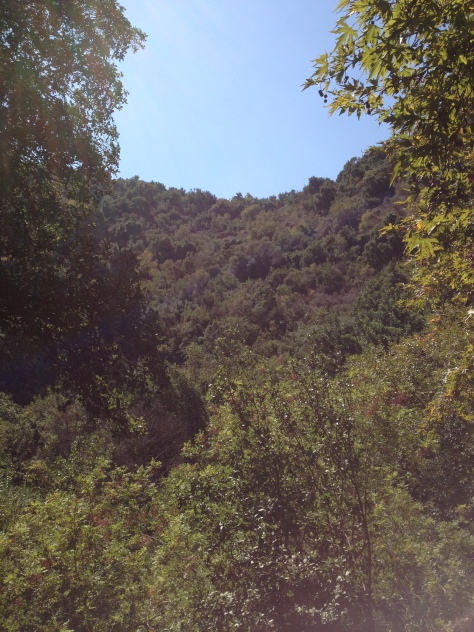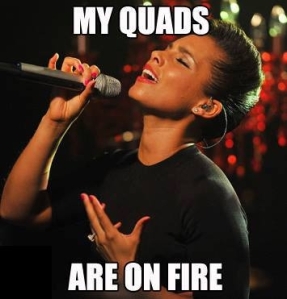This is a trip that I had been looking forward to since the moment I read the itinerary. Day 1: A hike, followed by rafting on the Jordan river, then a bonfire at a kibbutz before turning in for the night. Day 2: A walking tour and shopping time in Tsfat, a city where Kabbalah–Jewish mysticism–is a big deal, followed by a tour of the Dalton winery, then an activity at the Circassian Village of Kama.
The day didn’t start out quite as smoothly as we would have liked: Our bus driver was over an hour late. However, we took it in stride, and started texting each other from our different bus stops, entertaining each other with various Snapchats and absurd theories about why the bus was late.
We later learned that the bus driver didn’t update his phone’s operating system, so it didn’t get an update about daylight savings time being moved by two weeks. Thus, he overslept. Sonya and Carmel, two of our internship coordinators, promised to make it up to us. (I suggested they pay for lunch for everyone.)

#selfie #cute #Netanya4eva
We made a stop in Netanya for breakfast and to pick up any other items we still needed for the next two days. I picked up water shoes since they were recommended for this trip. (I was just going to use my sandals, otherwise.) I also noticed a mannequin with a ridiculous shirt…
A couple hours later, we arrived at Nahal Amud, a stream just northwest of the Kinneret (i.e., the Sea of Galilee). The area didn’t appear to be anything special: It was a relatively flat spot among hills, with lots of boulders, dry shrubs, and thirsty trees. Once we started out on the hike, the first thing we noticed was how rough the walking path was. We spent all of our time looking at our feet in order to avoid tripping or spraining ourselves. It was too bad: We wanted to look around! Luckily, things became smoother after we arrived at an abandoned lookout post built by the British during the Mandate period.

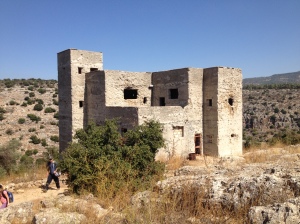
Once Jews started arriving in the territory of Palestine in large numbers during the 30’s and 40’s, the Arabs started to come up with conspiracy theories as to why. (As opposed to, you know, asking them.) One of the theories was that the British were responsible, so the Arabs in this area took it out on this post: It was constantly under attack, and eventually abandoned. I nicknamed it the “Potshot Hotel”.
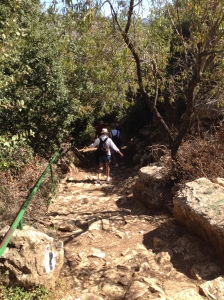
After we passed the abandoned lookout, we descended into the valley of Nahal Amud. About 100 feet into the descent, I was struck by the change in scenery: Instead of dry shrubs, we were suddenly enveloped under an increasingly luscious canopy of trees! Further on, we repeatedly crossed paths with an old aqueduct–which still had water flowing through it! However, the moss lining the sides and debris that filled the bottom gave it away as abandoned.
As we continued our descent, we passed the ruins of old, stone buildings; far older than the Potshot Hotel. It felt like a journey through a medieval forest.

Eventually, we reached the stream itself. It was beautiful, meandering over shallow rocks, through deep pools, and over small cliffs.
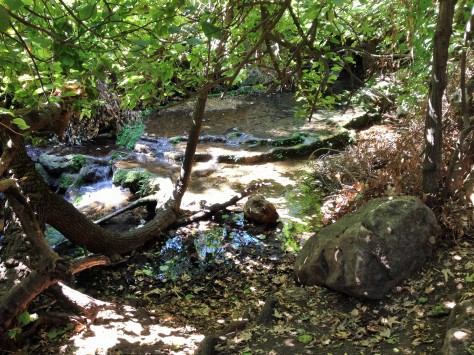

We followed the river for a while, coming across various ruins along the way. We took a breather near an old wooden bridge over the stream. In the nearby pools were dozens of small fish, and just as many water striders on the surface. Looking around, I was amazed by how life flourishes whenever water is present.
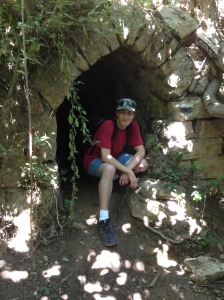
We continued to follow the river while the sun glistened through the trees. About 20 minutes later we stopped at an old, mostly crumbled building that used to be a mill. We learned that the ruins that lined our path were built by the farmers who initially settled Tsfat, which is located located on a hill nearby. We were also told how during the winter months, the stream is many feet higher than it is now. I figured that, since winter is the rainy season in Israel, but it was fun imagining the area under several feet of water.
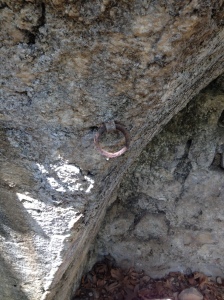
A few of us waded into a nearby pool, and were immediately swarmed by fish, who started nibbling at the dead skin on their feet. I wasn’t among the group that entered, but was nonetheless entertained by their shrieks.
After our stop at the mill and pool, we headed back up the trail. It was one heck of a workout: a several-hundred foot climb back up the valley! At the top, I couldn’t help but think of an image posted on Facebook by a friend of mine back home after she had a good workout:
We refilled our water bottles at a small rest stop back at the start of the trail, and then went onto our next activity: Rafting on the Jordan River!
